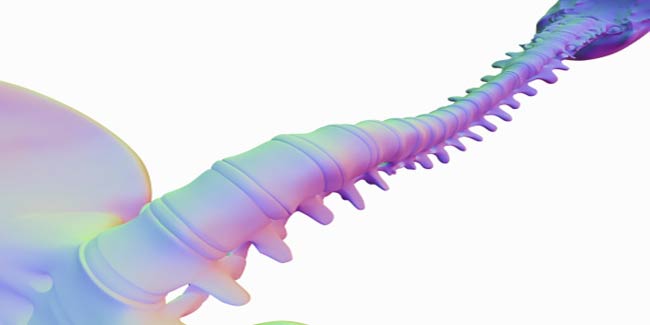
Brown-Sequard syndrome (BSS) is a rare neurological condition characterized by a lesion in the spinal cord which results in weakness or paralysis (hemiparaplegia) on one side of the body and a loss of sensation (hemianesthesia) on the opposite side.
Table of Content:-

Causes
The causes of Brown-Sequard syndrome are trauma, neoplasia (spinal cord tumour), multiple sclerosis, degenerative (herniation of discs and cervical spondylosis), cysts, cystic diseases, idiopathic spinal cord herniation, haemorrhage and ischaemia. One can get the syndrome through infections too; the infectious causes are meningitis, empyema, herpes zoster, tuberculosis and syphilis.
Other causes of this syndrome include gnathostomiasis and tropical spastic paraplegia (HTLV-1). Rollercoaster riding and chiropractic manipulation may sometimes contribute as the cause.
Treatment
The treatment for Brown-Sequard syndrome (BSS) focuses on the underlying cause of the disorder. Usually the early treatment involves high-dose of steroids that may be beneficial in many cases.
Initially, a neurological examination is performed to establish the level of injury. Thereafter, careful cervical spine/dorsal spine immobilisation is necessary. The cases such as spinal cord herniation are important to identify as surgical intervention can improve prognosis by a great extent.
Complications
There are several early and late complications associated with spinal injury that may occur. The complications related to Brown-Sequard syndrome include hypotension (spinal shock), pulmonary embolism (prophylaxis needed), lung infection and depression.
How we keep this article up to date:
We work with experts and keep a close eye on the latest in health and wellness. Whenever there is a new research or helpful information, we update our articles with accurate and useful advice.
Current Version